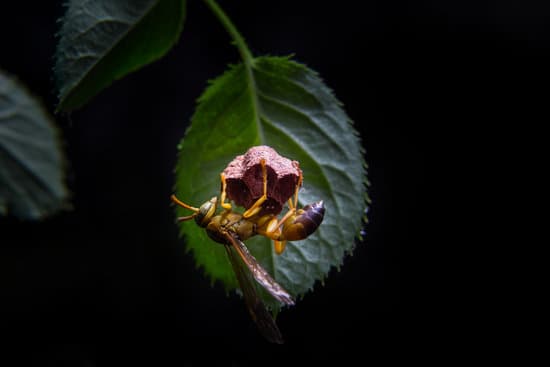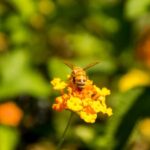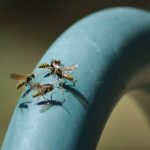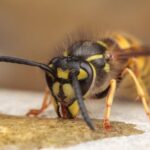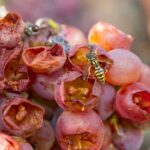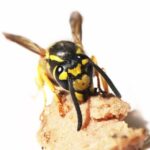Yellow Jacket Wasps
Those who live in the southeastern part of the United States know that the yellow jacket wasp is a common predatory social wasp. They are known for their aggressive defense of their colony. They are attracted to sources of water and are commonly found in rodent burrows.
Their colonies are large and may reach as many as 15,000 individuals. Their nests are underground or in bushes or trees. Their colonies tend to grow larger in the summer and decline during the fall.
Yellow jackets are known to feed on nectar, honey, carrion, and larvae. They are also attracted to pet food and soft drinks. They may be more aggressive when the weather is cool.
Yellow jackets build nests in underground rodent burrows, in bushes and trees, or in buildings. Their nests are constructed of paper and saliva. These nests have a single entrance hole, which is usually covered with a paper envelope.
Aerial-nesting yellowjackets build nests on the eaves of buildings. These wereps are extremely aggressive and will bite and sting you repeatedly if you try to disturb the nest.
Some species build nests in trees and bushes, while others build nests in voids in building walls. Some species also build nests in the rotted tree stumps of higher elevations.
In the early 2000s, poison bait products were available to help reduce the number of yellowjackets. They were removed from the market. However, the German yellowjacket is now becoming a regular visitor to urban areas in California.
